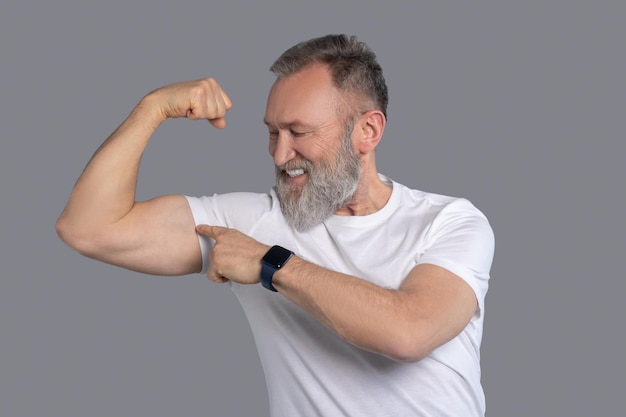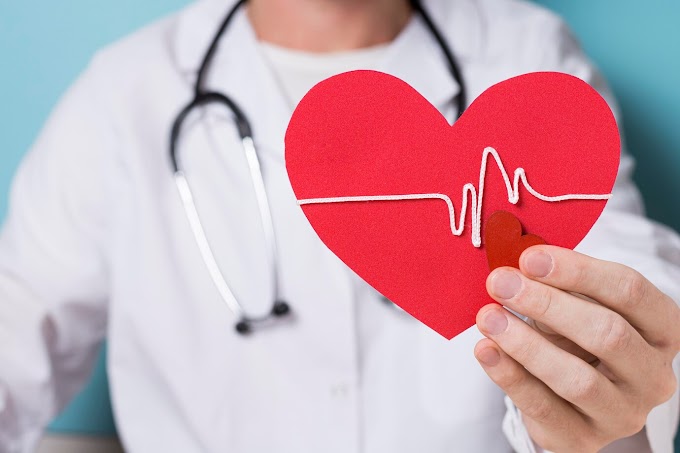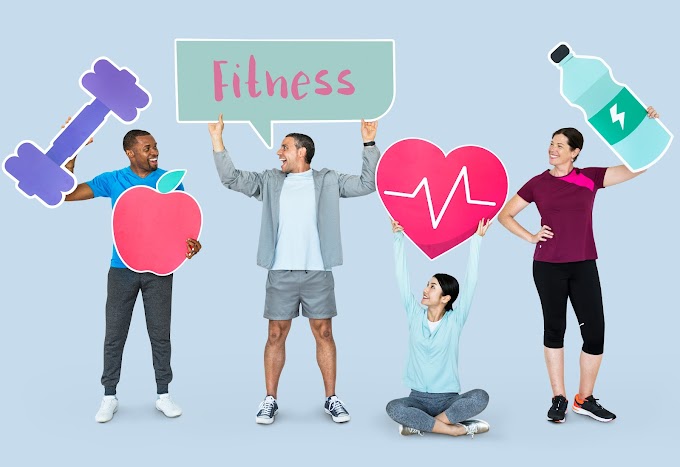Once again thank you guys so much for being here I always like to encourage and applaud patients for for taking that extra step to come in and learn a little bit more about how to improve your health so good job guys wait a way to do that I want to start with just giving you some tips and how many people looking at this are already overwhelmed by diet nutrition right it involves a lot of lists right a check off list of things you have to do right but I my hope for tonight is that I can simplify that for you and we're goanna do that by really focusing on these two main areas because really everything else in blue

Is kind of summarized you heard doctor dr. golden talk about balanced diet so I really want to focus on that what does that mean exactly to have a balanced diet right so we're really goanna focus on that and then adding more movement you've already heard a little bit about that so I probably won't spend too much time on it but it I cannot stress to you the importance of that our bodies are made to move and when we don't do that bad things happen all right so we're really goanna focus on these two things but like I said well we'll hit these other points
Post topics
- My Plate Method:
- Nutrients in Foods:
- Carbohydrates:
- Protein
- Fats
- Sodium:
- Weight Loss and Activity
My Plate Method:

I said well we'll hit these other points as well so how many of you have seen this before right this isn't new it's been around for a while and it's the My Plate method right and what you've notice here is half a plate or a majority of what is on the plate is non starchy vegetables right but the carbohydrate is still there all right and if we're goanna talk about balance and and it's complicated as it can get this is how we keep it simple right we look at a plate we look at your food and if you're able to understand and basically identify the foods that we really want to minimize compared to the foods that we really want to maximize then you're able to achieve that balance but if you have no idea what these foods are and kind of
what foods fit in which category then it's going to be really difficult to achieve that balance okay so that's why we're goanna kind of start by breaking this down a little bit further but keep this in mind and as you keep this in mind I also want you to kind of start picturing or maybe you know imagine or think about maybe some of your past meals maybe some of the food that has been typically on your plate compared to this alright and it's not a judgment it's just where you at now because you have to really look at where you're at now to better identify and and and kind of point out what might need to change so there's three main nutrients in food carbohydrate protein and fat and and that's what we're gonna spend most time on carbohydrates you heard dr.
Nutrients in Foods:
in food carbohydrate protein and fat and and that's what we're goanna spend most time on carbohydrates you heard dr.
Carbohydrates:

Golden talk about blood glucose right and when it comes to blood glucose a good portion of that other than what comes from our liver comes from carbohydrates you heard her talk about insulin resistance right and and and I'm going to get back to that but when it comes to diabetes in particular as well as just overall weight gain a lot of our our calories come from carbohydrates and it's not that we cannot have them this list is not a list of foods you cannot have but it's a list of foods you have to be aware of it's a list of foods that you have to be able to look at and and again decide for yourselves am i eating too much of this compared to the other categories of foods we're going to talk
about the foods in red or there are those complex carbohydrate carbohydrates dr. golden mentioned those those carbohydrates that are more full of fiber and other nutrients other vitamins that are actually giving your body more of what it needs as opposed to just requiring your body to produce more in slang okay so we're gonna bring this all together but again looking at this list of foods and picturing that plate are you potentially eating too much of this category of food is there room to potentially again bring down those portion sizes of this area of foods protein and and protein and fat are
Protein:
Somewhat combined but when it comes to protein we really want to choose lean proteins proteins such as skinless chicken turkey lean pork lean beef fish two to three times a week if possible salmon lake trout it's the reason is it because those are you know those contain more of our healthy fats has anybody ever heard of the Mediterranean diet right so again it's focusing on those healthier fats and that's why we want to definitely include some fish if possible we want to limit our red meats the the fattier cuts of beef and lamb and pork and then avoid those processed meats and
this is the hard part you're gonna hear me talk about processed foods a lot because unfortunately it's become more of a staple in our current American diet then it really should be so we really want to avoid those deli meats ham bacon pastrami salami hot dogs pepperoni and there's a couple reasons for that one of the reasons is yes they are packed full of fat but they are also contained very high amounts of sodium as part of their processing there they do have a lot of sodium which we're going to talk about in a second so talking
Fats:

About proteins is a good segue into our fats and I've really again simplified this to our saturated fat and unsaturated fat you've heard a couple of the doctors mentioned tonight LDL cholesterol right and and especially for people who have diabetes really wanting to reduce our LDL cholesterol and yes there is medication that can help us do that but you can also do that by choosing the healthier fats right if you look over on the right-hand side the the list of foods that have more of our unsaturated fats as opposed to the saturated fat I also like to simplify this by thinking okay you know it's not like you're going around thinking okay is this saturated or unsaturated but one easy way to really differentiate the two is our
saturated fats most often come from animal products it doesn't mean that you have to become a vegetarian but again if you think to yourself oh I ate an animal you know product for breakfast and for my snack and at lunch and dinner chances are you're overdoing the saturated fat right another way of thinking about saturated fat is they're they're solid most often at room temperature think about butter right if you leave it on us on a table all day long it's not just gonna melt right you have to apply heat to that so a lot of our saturated fats are solid at room temperature whereas our unsaturated fats olive oil peanut oil right those vegetable oils are liquid at room temperature so that's another easy way to help differentiate the two sodium sodium is it's a tough
Sodium:
one because again and all of those processed foods that we have come to know and love you know that is where the the highest percentage of our sodium intake comes from it's not actually from the salt shaker yes we do need to be aware of it but it doesn't all come from there I was amazed to find that even though the recommendation for sodium intake is you know less than 2,400 milligrams even for a lot of us especially people who have certain risk factors less than 1500 milligrams the average American eats more like 3400 so you have to be intentional about this okay we have to be intentional to help reduce our sodium intake the salty six and I'm just going to put these up here quickly oh and go back bread a lot of people don't realize but something like bread we all eat a lot of like don't even probably think about the number of times we eat bread and there's not huge amounts of sodium in one slice but if you're having multiple slices a day because sandwiches are your go-to then it's something you have to be aware of those deli meats come up again right not just for their fat content but again this is where the sodium comes in a pizza and trust me I am a New Yorker I love pizza just like the rest of us but a pizza kind of has everything combined all those high sodium foods combined much like a sandwich right and then you're probably thinking why is chicken up there well chicken is a very common protein for a lot of people and because of that and because it can't you know it's on the cheaper side when it comes to animal proteins we like to doctor it up and we doctor it up
with all those different seasonings and sauces and it's those things that tend to be higher in sodium so you have to really watch that so I go back to this picture right and even though I know I covered a lot of information in a very short amount of time I'm used to having an an hour to present this information this plate really again it encapsulates all of that if you're eating majority of your food being start non starchy vegetables it can't be super high in fat right it can't be super high in sodium it's not gonna be too high in carbohydrate right notice even in the carbohydrate portion yes white rice is there because I really want to point out and it's something that has been mentioned before you know this is all about a sustainable lifestyle okay and I want you guys to be able to make these changes and continue these changes and that means we have to start with where you're at and if currently you're if you're honest with yourself the majority of your plate is white rice to ask you to just completely move right rice and move in the quinoa is a little unrealistic right but if I just asked you to you know what let's start with just cutting down the portion of white rice and increasing those vegetables that you like that's a bit more doable right and we can focus on making those healthier carbohydrate choices later but really start with looking at the portions of the foods that you're eating focusing on those lean proteins and getting as much vegetable as possible I just want to mention something that has already been
Weight Loss and Activity

Mentioned but two and a half hours is the current recommendation all right and here's kind of the the may be the stab to the heart moment but does this sound like a lot or a little to most people little good I'm glad because the next question kind of brings it home if it sounds like maybe a lot or if you've told yourself or you're kind of in that cycle of maybe not exercising very much or oh I don't quite have time how much television do you watch a day right okay and maybe TVs not your thing but how much time do you spend on social media or on your computer or chatting it up with friends it's not that any of these things are bad but these things often take priority over something that is vital for our health right and has so many benefits so it's it's again it's one of those moments and times to really just be honest with yourself and and and really work to make this a priority in your life I'm a huge fan of goal-setting but we have to set realistic goals I'm also in my husband is the first to say this I'm a planner and a lot of us are but especially when it comes to exercise especially when it comes to these lifestyle and dietary changes you have to have a plan because if you're just trying to wing it chances are it's not gonna work especially because we're
talking about habit change so make a plan for yourself write it down tell somebody about it you that accountability is really important it's almost like when you say it out loud it makes it real right say it out loud say to somebody else to make it more real and and you're then more apt to actually follow through with the action which is what is the most important part I'm not going to talk a whole lot about just for sake of time but all of these things are what leads to the weight loss right and you've already heard dr. golden talk about that insulin resistance but as we as we're able to kind of give our body a little bit of almost like a little bit of a break right give those beta cells those insulin producing cells a little bit of a break by reducing our caloric intake and then exercising which helps with that resistance and then leading to weight loss again we're talking about benefits not just in in diabetes management or prevention but for hypertension reducing your cholesterol right so it it carries over into every area of your health and we're not talking about huge numbers five to seven percent is incredibly effective at both prevention and management so just to
Wrap Up:
wrap up again really the focus is overall achieving and maintaining that healthy weight but we do that by eating a well-balanced diet moving more don't caught up get caught up in that checklist really and again I'm a visual person so that keep that plate in the back of your mind and you're really going to be hitting all of those points you








.jpg)
.jpg)
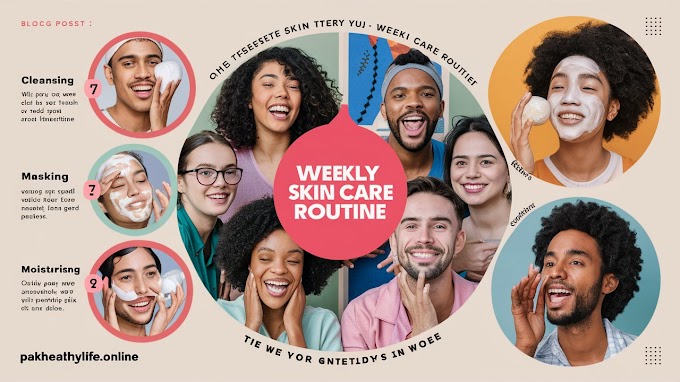
.jpg)
.jpg)
.jpg)

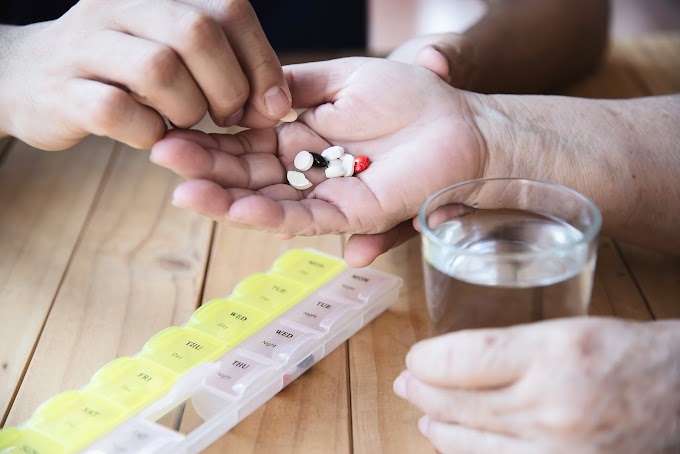
.jpg)

